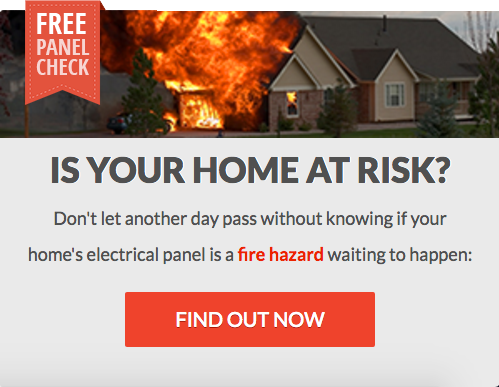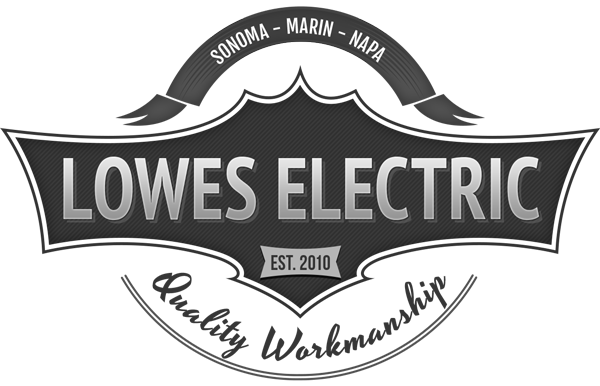Each year, close to 35,000 American homes are burned to the ground because of failures in electrical distribution panels. This accounts for more than 400 deaths, more than 1,500 injuries, and close to $800 million in damage to property per year.
Fifteen to 20 percent of these electrical fires are caused by faulty electrical panels and circuit breakers. The risk of electrical fires is often amplified when older electrical fixtures are involved. It is for this reason that many owners of older homes have licensed electricians perform a standard inspection of all electric fixtures to verify them, particularly outdated electrical panels and circuit breakers. This can help to circumvent any potentially catastrophic electrical fire.
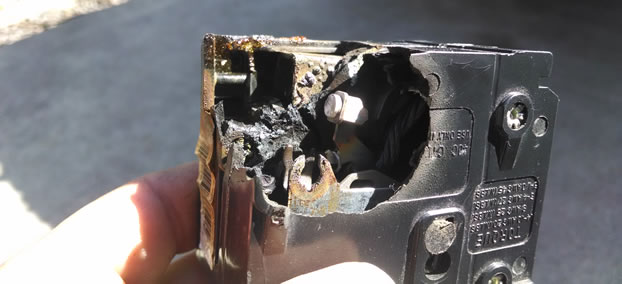
The electrical panel of any home is considered the heart of the dwelling’s electrical system. If there is a problem in this core element, then you run the risk of potentially disastrous fires. Outdated electrical panels are one of the major sources of fire hazard in a home, especially older ones (pre 1980’s). If the electrical panel has already lost its UL approval, then it is always advisable to have it replaced. If you are unsure whether the UL approval still exists on your electrical panel, then a qualified electrician can perform the testing and evaluation for you in order to make the necessary checks and recommendations.
Among the many outdated electrical panels that are proving to be a major cause of electrical fires especially in older homes, two stand out:
- Zinsco panels and
- Federal Pacific Electric or FPE panels.
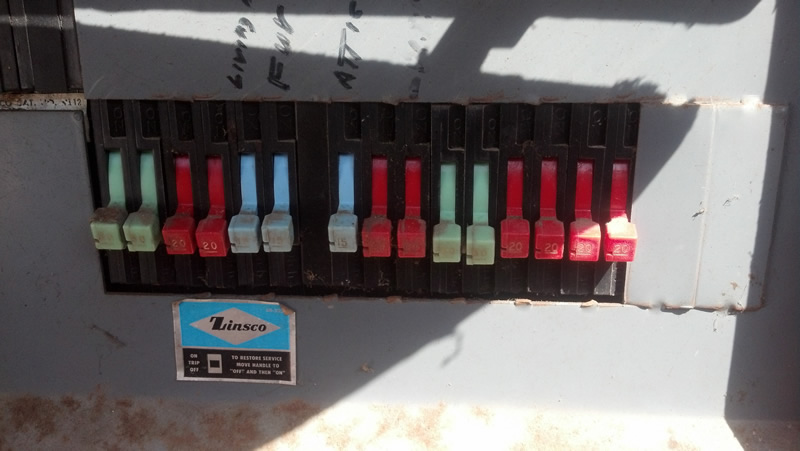 For many years, Zinsco panels were the electrical panels of choice of many electricians and homeowners all over North America. However, with the changing times where electric appliances and other devices simply required greater electrical inputs, home inspectors and qualified electricians soon discovered that a great number of Zinsco panels tend to overheat with significant portions of the electrical panel melting. A molten breaker can adhere and meld to the bus bar which, in turn, can prevent the efficient tripping of electrical current in case of a short circuit or a sudden electrical surge. This leads to overheating of the Zinsco panels and run the risk of catching fire. Unfortunately, this dangerous and potentially lethal fire hazard is something that is still present in many older homes, especially those built in the 30s through the 70s.
For many years, Zinsco panels were the electrical panels of choice of many electricians and homeowners all over North America. However, with the changing times where electric appliances and other devices simply required greater electrical inputs, home inspectors and qualified electricians soon discovered that a great number of Zinsco panels tend to overheat with significant portions of the electrical panel melting. A molten breaker can adhere and meld to the bus bar which, in turn, can prevent the efficient tripping of electrical current in case of a short circuit or a sudden electrical surge. This leads to overheating of the Zinsco panels and run the risk of catching fire. Unfortunately, this dangerous and potentially lethal fire hazard is something that is still present in many older homes, especially those built in the 30s through the 70s.
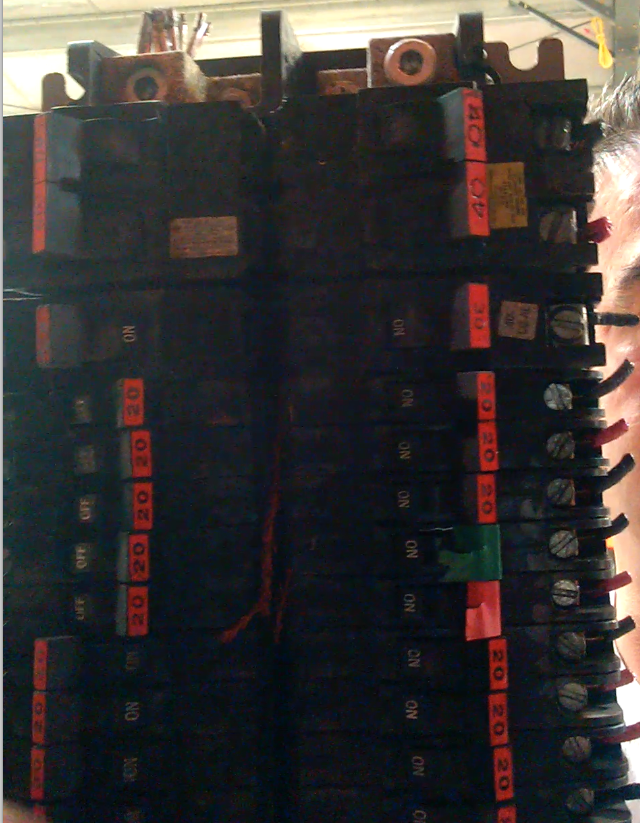 FPE panels or Federal Pacific Electric panels, on the other hand, are considered a fire hazard because of an inherent defect in the tripping mechanism in 1 out of 4 FPE panels. A New Jersey court ruled that Federal Pacific Electrical has maliciously deceived millions of homeowners when it claimed that its Stab-Lok circuit breakers passed the minimum standards of the UL despite proof to the contrary. Unfortunately, the Consumer Product Safety Commission failed to issue a recall of the FPE panels. As such, many homes that were built from the 50s to the 90s and were installed with FPE panels run the risk of electrical fires.
FPE panels or Federal Pacific Electric panels, on the other hand, are considered a fire hazard because of an inherent defect in the tripping mechanism in 1 out of 4 FPE panels. A New Jersey court ruled that Federal Pacific Electrical has maliciously deceived millions of homeowners when it claimed that its Stab-Lok circuit breakers passed the minimum standards of the UL despite proof to the contrary. Unfortunately, the Consumer Product Safety Commission failed to issue a recall of the FPE panels. As such, many homes that were built from the 50s to the 90s and were installed with FPE panels run the risk of electrical fires.
Owners of homes that were built before 1980 should seek the services of a qualified electrician in order to check whether Zinsco panels or FPE panels are still installed in these homes. If so, appropriate handling of these potential fire hazards should be initiated at once in order to ensure the safety of the home and its occupants.
